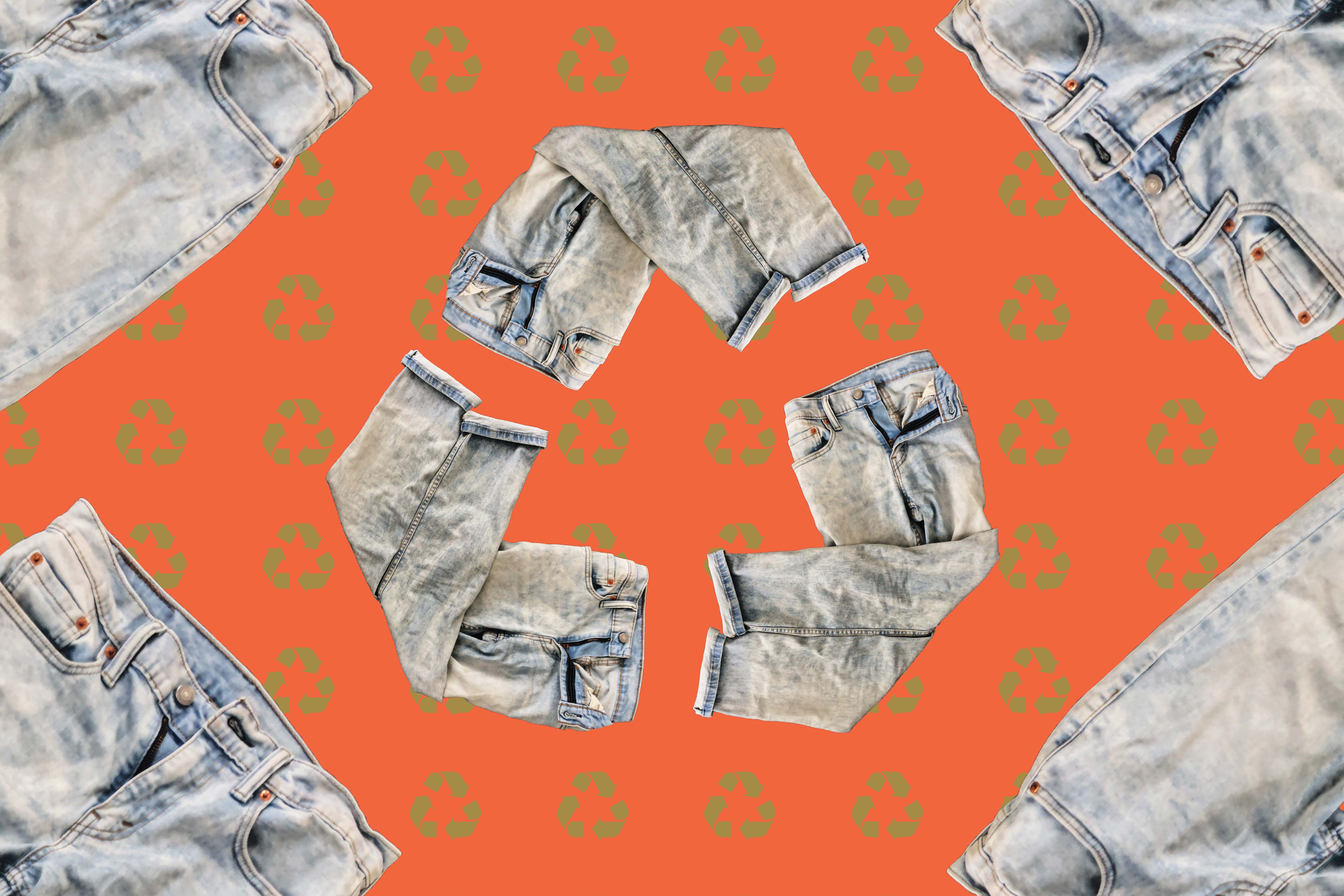The world of fashion is constantly evolving; the most recent change being the introduction of sustainable fashion into the mainstream. This list serves as a quick beginner’s guide to who’s who in the realm of eco-friendly fashion. From cutting edge fashion technology to creative and hot takes on upcycling fabrics, these are the designers that are taking their sustainability game to the next level.
STELLA MCCARTNEY
Wherever the topic of sustainable fashion appears, a name drop of “Stella McCartney is soon to follow. Stella McCartney has been one of the trailblazers of combining fashion and sustainability for nearly twenty years. She’s been vocal about not using fur and leather in any of her designs, and has recently begun work combining fashion and technology to combat textile waste. In her recent Spring/Summer 2020 collection, Stella unveiled the very first plastic-free faux fur to be used in high-fashion, created from plant-based fibers rather than traditionally-used polyester and acrylic fibers. Developing designs based on the principles of minimal waste, Stella McCartney has cemented her name to be synonymous with environmentally-conscious fashion.
EILEEN FISHER
Another pioneer in sustainable fashion is Eileen Fisher. With her versatile, cozy style and her “business as a movement” mantra, she has successfully integrated responsibly-sourced clothing into the mainstream. Just one glance at her website and you’ll know exactly what fibers are used in her clothing, who is creating the garments, and why these elements are considered essential. According to a recent Vogue article, Eileen’s success will make her company 100% completely sustainable by 2020, from responsible fiber sourcing and nontoxic dyeing to fair labor practices and ethical worker treatment.
LEVI STRAUSS & CO.
We love Levi’s and the changes that their company has made in favor of a more sustainable design process. Denim is a massive contributor to water waste and contamination and Levi’s has recognized their responsibility to leading change in the industry. In 2018, the company launched a new “climate action strategy” (which you can read about in detail on their website), addressing carbon emissions in their own facilities and across their global supply chain, as well as addressing their water usage. Within the last year, they have introduced digitized denim finishing, allowing them to not only speed up their design process but to also be more responsible with their natural resource usage. Not bad for a company that has been around since the 1850s. Levi’s has effectively destroyed the age-old idiom that you can’t teach an old dog new tricks, and has continued to be an innovator for younger companies who will follow in their wake.
BODE
While Bode may keep a low profile when it comes to recognition in the high fashion world, the vintage-inspired creativity that explodes from their design studios is unmatched. Bode creates all of their garments from antique quilts, bed linens and really any other oddities they can get their hands on in order to make truly one of a kind pieces. While antiquity may be their game, Bode is a sustainable powerhouse since all of their garments come from secondhand fabrics. It’s one thing to upcycle fabrics or thrift, but to employ complex patterns and dynamic color schemes like they do proves the artistic mastery of the designers housed at Bode.
ZERO WASTE DANIEL
An independent designer housed in Brooklyn, Zero Waste Daniel is as focused on sustainability as his name suggests. He collects the leftover scraps of luxury fabrics and patches them together to make beautifully unique designs, from an iconic Frida Kahlo jacket to making his award show debut at the most recent Tony Awards with a Botticelli-inspired, 100% scrap gown worn by drag sensation Pattie Gonia. Through sharing his design process on Instagram, Zero Waste Daniel is able to show what a true talent he is while sitting at a sewing machine, planning out each design and stitching together incredible pieces based solely on what he has at his disposal. By using what other designers consider to be waste material, he is creating a new circuit in the wheel of sustainable fashion, with no scrap left behind.
Written by Kylee Christiansen
Graphic by Isaac Grothe

